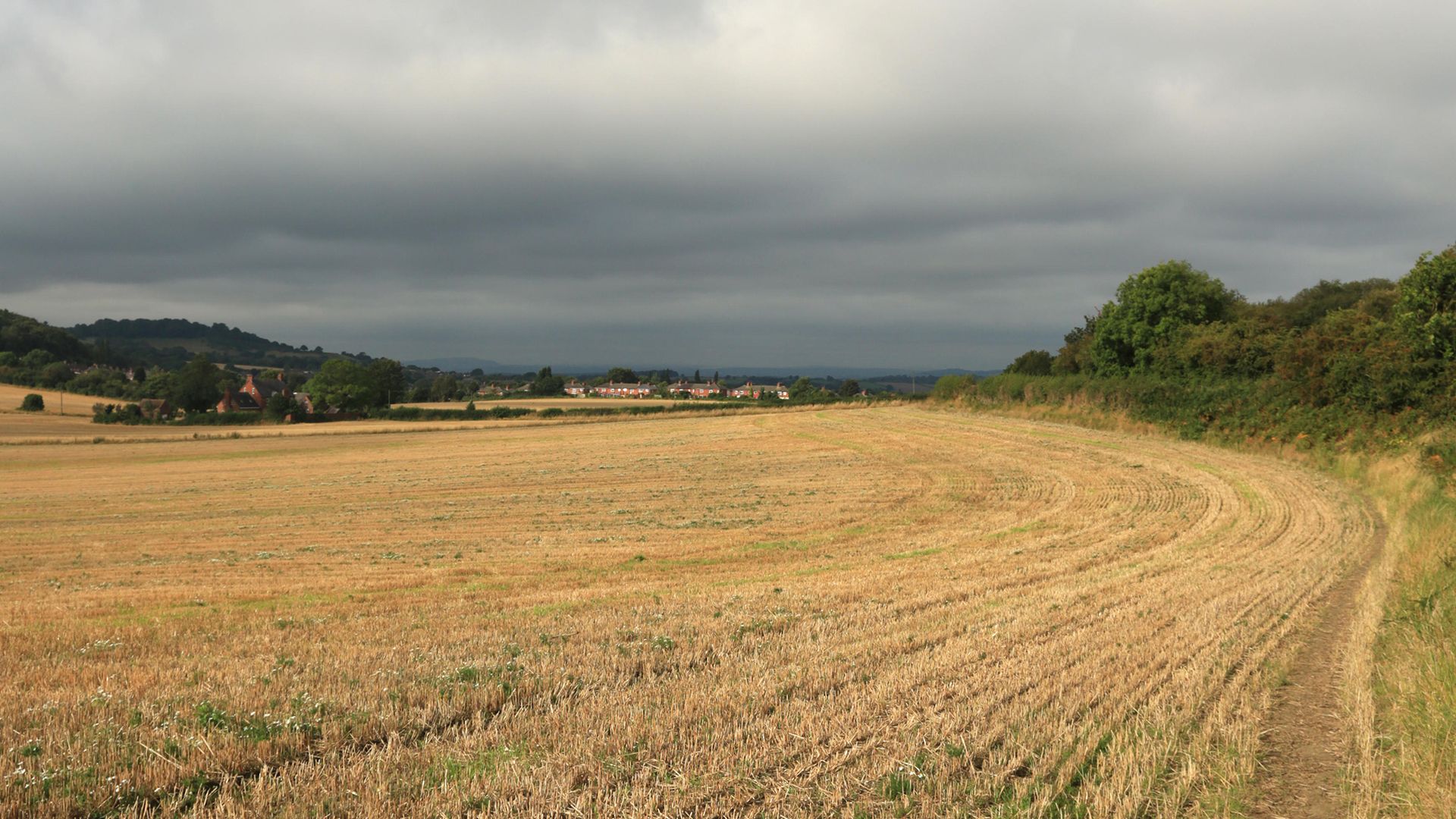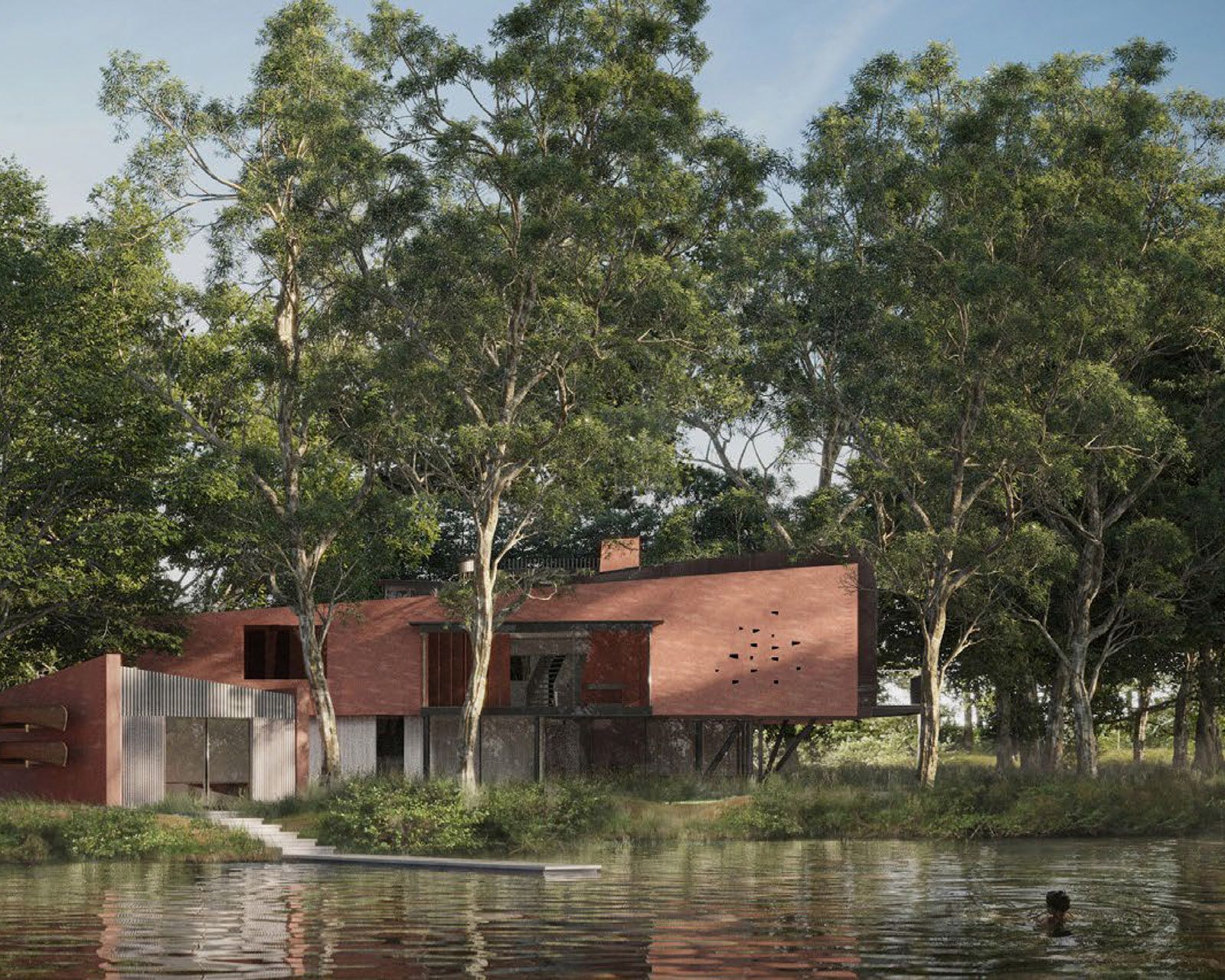A New National Planning Policy Framework
By James Ellis | 19.12.24
Pivotal changes to the planning system have been announced with the publication of a new National Planning Policy Framework (NPPF).

These revisions have been anticipated following a consultation earlier this year as the government prepares to make the adjustments necessary to unlock the planning system to deliver its growth agenda.
Opportunities for rural landowners
This ‘growth focussed’ NPPF brings numerous policy changes and could have significant impacts for many rural landowners. Many of the policy changes go beyond planning technicalities including significant increases in mandatory housing targets, policies aimed at delivering net zero and the introduction of a new grey belt classification for green belt areas. Given the scale of ambition in terms of housing numbers and economic growth, these changes will impact significantly on many rural areas across the country.
Don’t miss the wood for the (Christmas) trees
The devil will of course be in the detail as local planning authorities respond to the fundamental shift in expectations from central government as to how the planning system should operate. Even with increased numbers of planning officers, there will inevitably be teething problems as some of these new principles are established and tested by an already stretched planning system.
However, for now if we focus on the wood not the trees, these changes signify a seismic change to a planning system which, whilst operating well in some areas, is all too frequently frustratingly slow in decision and policy making, highly politicised, and overly focussed on process over outcomes.
The current system does not meet the country’s needs for investment in housing, economic growth and positive changes to rural environments. Given the extent of the overall scope of the now enacted changes there are significant opportunities for rural landowners ready to respond to them and maximise the potential benefits they might bring to rural areas.

The changes in brief
So, to the trees. Expect to hear a lot more from us in 2025, with considered insight into some of the specific changes and how they will change the way the planning system operates. For now, some headlines on the changes:
Housing
- Housing delivery will be boosted. Increased housing targets will affect most rural areas either immediately with new development being delivered by a more enabling planning system or, in years to come, through renewed local development plans, and housing land supply.
- Increased policy support for small and medium housing developers (and inherent in this, smaller development sites) – which we called for in our consultation response earlier in the year, has been introduced with potential benefits and implications for many villages across the country.

Green belt
- Development in the green belt will be easier. Councils are now required to review green belt boundaries when creating new Local Plans - if not meeting identified requirements for homes, commercial or other development by other means.
- A new grey belt designation has been introduced to encourage the development of parts of the green belt that don’t make a strong contribution to it.
- A set of ‘Golden Rules’ will need to be complied with for major housing developments on green belt land to deliver public benefits by way of affordable housing, infrastructure and public green space.
- Brownfield and infill sites in green belt can be redeveloped to a scale at which an approval should be granted unless there is a substantial impact.

Renewable Energy
- There is increased support for low-carbon energy development with the de-facto ban on onshore wind turbines removed.
Flood Risk
- Some development will be permitted in flood risk zones. A more nuanced approach – which we called for in our consultation response, allows development on sites with some flood risk within site boundaries, where no built development is in the affected area.
Act early to benefit from the opportunities ahead
The new NPPF document reflects the government’s pro-growth messages, and most of the changes proposed during the consultation have been adopted in full, or with only minor tweaks.
We expect to see much activity in planning affecting rural areas in 2025 from both local planning authorities and rural landowners. We recommend that rural landowners act now to identify opportunities and ensure they are prepared for the changes.
Get in touch
We continue to work with clients across the country to make strong and successful planning cases for high quality rural development. If you would like to understand how the sweeping changes might present opportunities for your development ambitions in 2025, please get in touch by emailing planning@ruralsolutions.co.uk or calling us on 01756 797501.
We are using cookies to give you the best experience on our website. You can find out more about which cookies we are using on our cookie policy.


